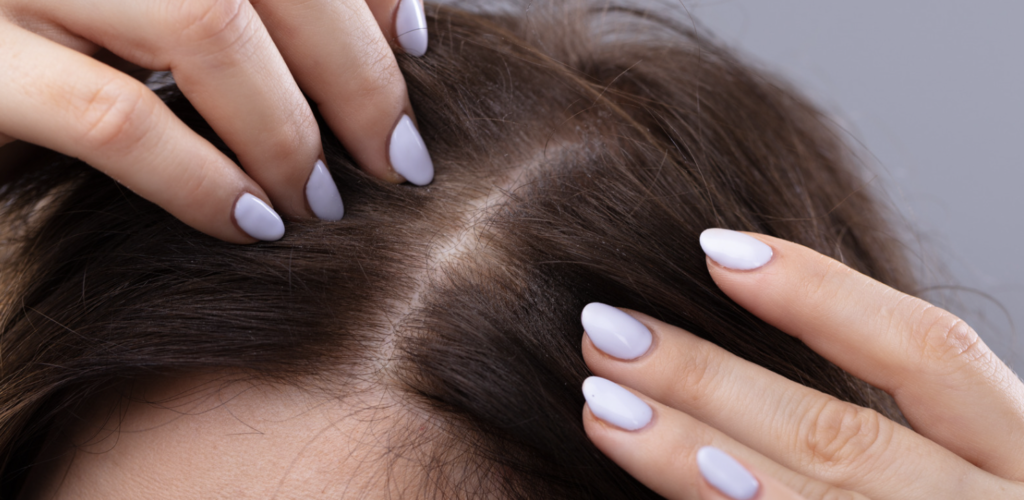If your reflection staring back at you in the mirror is starting to show more scalp than you’d like, you’re not alone.
Hair loss is a relatively common concern that affects many people, making them feel self-conscious and eager for a solution.
Enter NeoGraft, the revolutionary hair transplant method that’s turning heads and restoring confidence. Let’s dive into what makes NeoGraft one of the best hair transplants in Maryland and how it can help you wave goodbye to hair loss blues.
What Is NeoGraft Exactly?
It’s an innovative hair restoration technique that utilizes advanced technology to provide natural-looking results without the hassle and downtime of traditional methods.
Unlike older hair transplant techniques that involved significant scarring and discomfort, NeoGraft is minimally invasive and uses a unique approach called follicular unit extraction (FUE).
NeoGraft involves harvesting hair follicles from a donor area, which is typically the sides and / or back of the head, and transplanting them to the thinning or balding areas.
How NeoGraft Works: The Quick Details
It begins with a consultation with a skilled dermatologist specializing in hair loss. This professional will do a physical exam of your scalp to determine your hair loss pattern, type, and overall health.
This allows them to determine whether you’re a good candidate for NeoGraft.
The procedure itself is really straightforward and efficient. On the day of, your hair in the donor area is prepared to allow easier access to the follicles. A local anesthesia is then applied to maximize your comfort.
Using the NeoGraft device, individual hair follicles are gently extracted from the donor area. The device uses pneumatic pressure to remove follicles with precision and minimal trauma.
The harvested follicles are then meticulously implanted into the balding or thinning areas of your scalp, following the direction of normal hair growth.
Afterward, minimal downtime is necessary. Most patients return to their normal activities within a day or two.
Types of Hair Loss and Why They Happen
There are multiple different types that can cause thinning, patchy bald spots, or baldness.
Androgenetic alopecia, or male/female pattern baldness, is the most common type of hair loss. It’s usually hereditary and progresses with age.
Alopecia areata, an autoimmune condition, happens when your immune system attacks hair follicles.
Telogen effluvium is a rapid form of hair loss and is reversible. It is often triggered by hormonal changes, stress, childbirth, and serious illness.
Anagen effluvium is also a rapid type and reversible, but it is typically the result of an injury to hair follicles.
Traction/trauma alopecia is caused by tension on the hair from pulling the hair back in styles such as ponytails. It can also result from extended periods of wearing a helmet.
What Type of Hair Loss Can This Treatment Address?
NeoGraft is particularly effective for androgenetic alopecia, making it a top choice for those struggling with pattern baldness. It can also be beneficial for individuals with traction alopecia, provided there are enough healthy donor follicles. However, it’s not typically recommended for those with alopecia areata where the follicles themselves are compromised or other types of hair loss.
Who Is a Good Candidate for NeoGraft?
This method isn’t just for anyone with a bit of hair thinning; it’s ideal for specific candidates.
Men and women with pattern baldness can benefit greatly from NeoGraft, as it fills in those thinning areas effectively. It’s also suitable for people with enough donor hair since NeoGraft involves transplanting your own hair follicles.
It’s essential for a successful procedure and recovery that you be in generally good health to be considered eligible. You should also have realistic expectations. While NeoGraft offers impressive results, the outcome can vary. Understanding what this treatment can and cannot achieve is crucial for satisfaction with the results
Who Should Avoid a NeoGraft Hair Transplant?
While NeoGraft is a fantastic option for many, it’s not suitable for everyone. You might want to explore other hair restoration methods if you have insufficient donor hair. If the back of your scalp doesn’t have enough healthy hair follicles to donate, NeoGraft might not be viable.
Suffering from certain medical conditions like alopecia areata or scarring alopecia might render NeoGraft ineffective. Those who are pregnant and/or nursing should wait to undergo this elective procedure.
The Importance of Choosing the Right Specialist for the Best Hair Transplants in Maryland
Choosing the right dermatologist is essential. A skilled specialist will not only perform the procedure with precision but also provide personalized care tailored to your unique needs.
Expertise and experience in NeoGraft will ensure optimal results. Personalized care that addresses your specific hair loss pattern and goals is essential.
Access to the latest NeoGraft technology for the best possible outcome is a must. From consultation to post-procedure follow-ups, a dedicated dermatologist will guide you every step of the way, offering complete care to meet your needs.
Outstanding Results From NeoGraft Is Just a Call to Kindred Hair & Skin Center Away
Are you ready to restore your hair to its former glory? Look no further than Kindred Hair & Skin Center, where we offer the best hair transplants in Maryland with unmatched precision, expertise, and care.
Our team is committed to helping you regain your confidence with hair restoration solutions. Even if NeoGraft isn’t the right method for you, rest assured, we offer a comprehensive range of options to choose from which we’ll discuss during your hair loss consultation.
Call us at 443-424-7754 today for a healthy head of hair!

